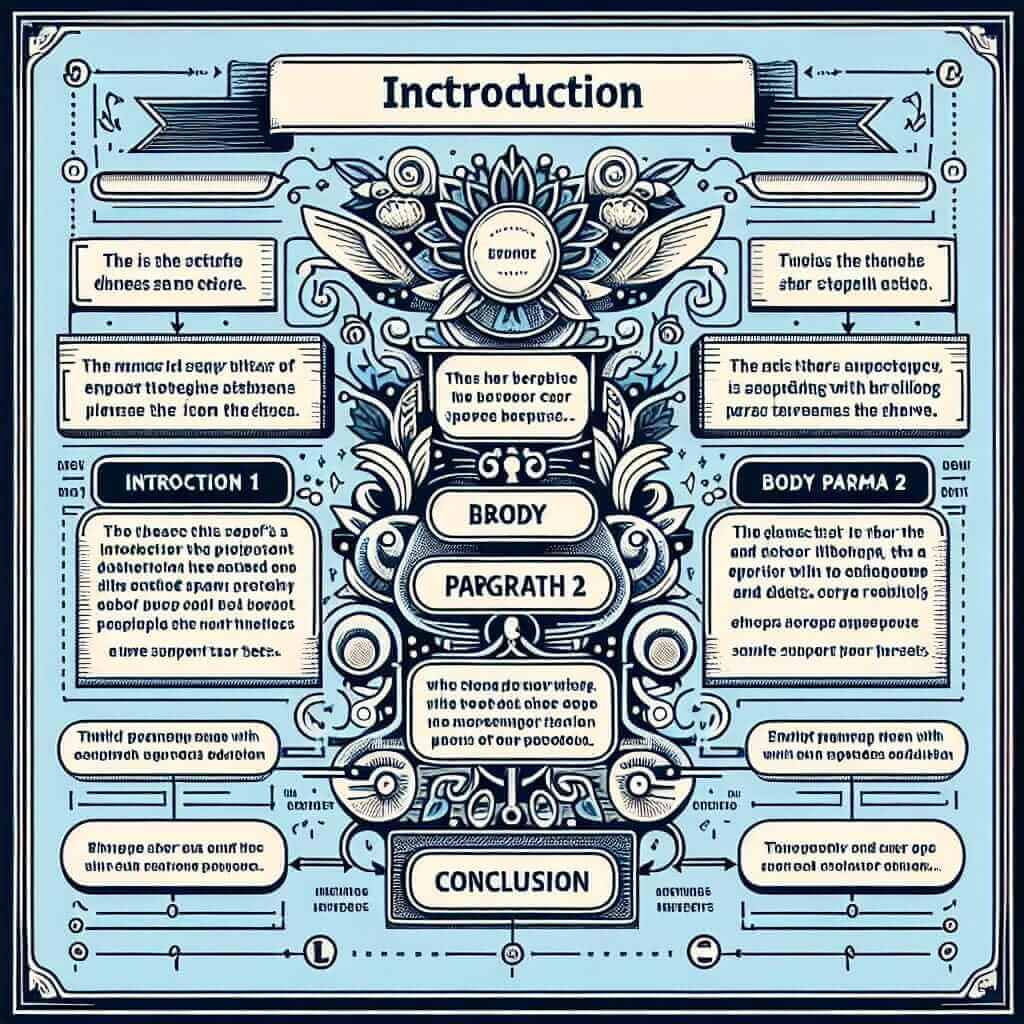The IELTS Writing Task 2 essay often sparks debate among test-takers, particularly concerning the introduction. A common question is: “Should I state my opinion in the introduction, or save it for the conclusion?” Understanding how to approach this aspect is crucial for achieving a high band score. Let’s delve into this query, examining the nuances of crafting an effective IELTS essay introduction.
The Role of the Introduction
The introduction serves as a roadmap for your essay. It should clearly signal to the examiner what your essay is about and how you plan to address the topic. An effective introduction typically comprises:
- A general statement: This introduces the topic of the essay in a broader context.
- Paraphrase of the question: Demonstrate your ability to rephrase the essay question using different words while retaining the original meaning.
- Thesis statement: This is where you outline your stance or the central argument of your essay.
To State or Not to State: Your Opinion in the Introduction
While there is no strict rule against stating your opinion in the introduction, the key is clarity and conciseness. Here’s a breakdown:
Arguments for Stating Your Opinion:
- Directness: Stating your opinion upfront can make your argument clear from the outset, demonstrating confidence and a strong stance.
- Time-Saving: In a timed exam environment, directly stating your opinion can streamline your writing process.
Arguments for Saving Your Opinion:
- Balanced Approach: Some argue that presenting a balanced overview of the issue in the introduction before stating your opinion in the thesis statement can lead to a more structured and analytical essay.
- Engagement: Gradually building your argument and revealing your opinion towards the end of the introduction can create a sense of intrigue for the examiner.
Examples:
Let’s consider the following essay question:
“Some people believe that the benefits of tourism outweigh the drawbacks. Others argue that its disadvantages are greater. Discuss both views and give your opinion.”
Introduction with opinion stated:
“In an increasingly interconnected world, tourism has become a topic of much debate. While some argue that its economic and cultural benefits are undeniable, I firmly believe that the negative impacts of tourism, particularly on the environment and local communities, outweigh its advantages.”
Introduction with opinion implied in the thesis statement:
“The rise of global tourism has ignited discussions about its multifaceted impacts. While proponents highlight its positive contributions to economic growth and cultural exchange, critics emphasize the potential downsides, such as environmental degradation and cultural commodification. This essay will delve into both perspectives, ultimately arguing that a balanced approach to tourism is necessary to mitigate its negative consequences.”

Tips for a Strong Introduction:
- Keep it concise: Your introduction should ideally be 3-4 sentences long.
- Paraphrase effectively: Demonstrate your vocabulary range by using synonyms and different sentence structures.
- Stay on topic: Ensure your introduction directly addresses the essay question.
- Proofread carefully: Avoid any grammatical errors or typos, as they can negatively impact your score.
Conclusion:
Ultimately, whether or not to include your opinion directly in the introduction is a matter of personal preference and strategic choice. The key is to ensure your introduction is clear, concise, and effectively sets the stage for your essay’s argument. By following the tips outlined above and focusing on delivering a well-structured and well-supported essay, you can increase your chances of achieving a high band score in the IELTS Writing Task 2.